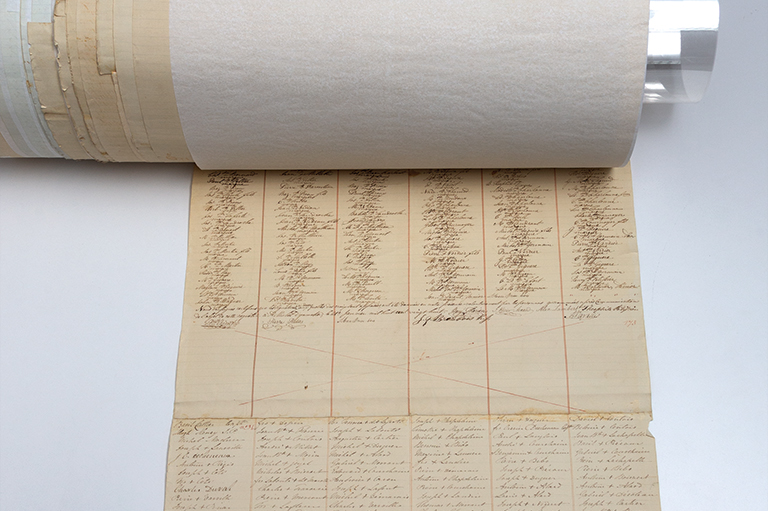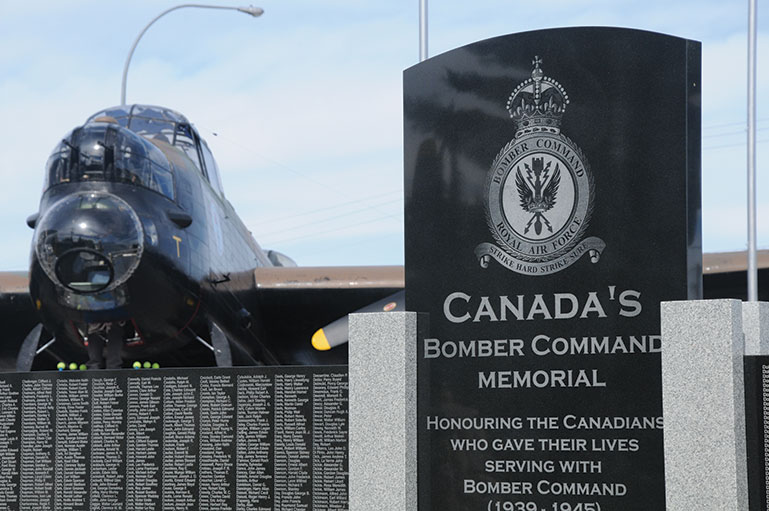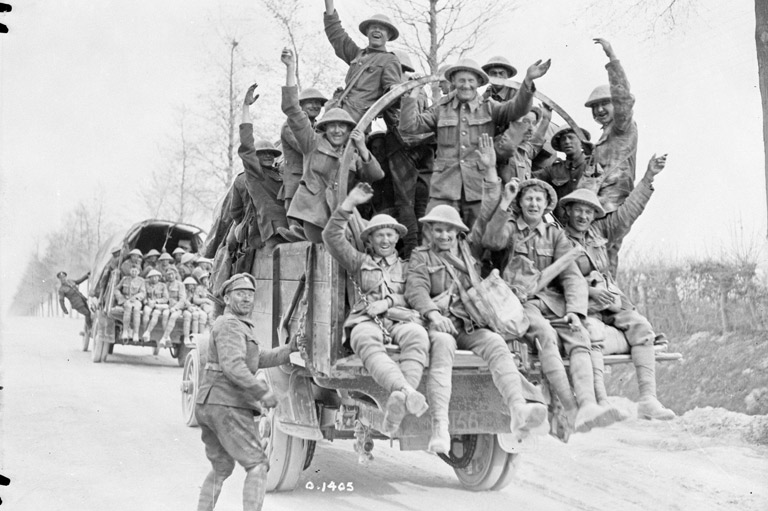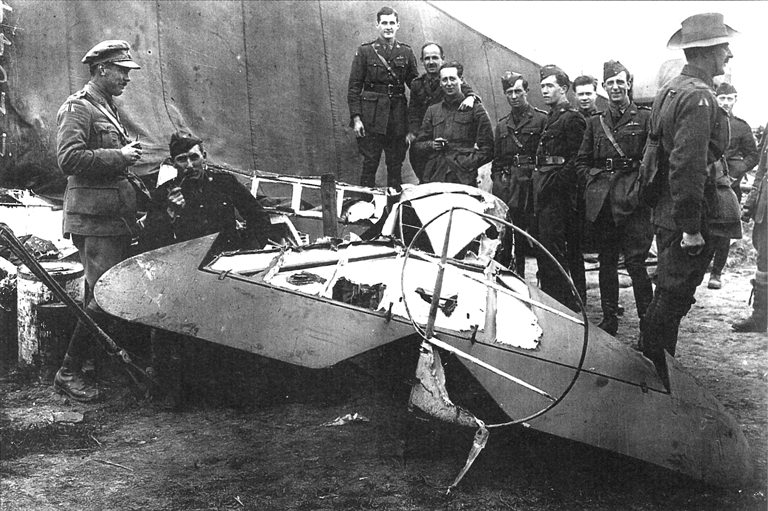Airplane Nose Art
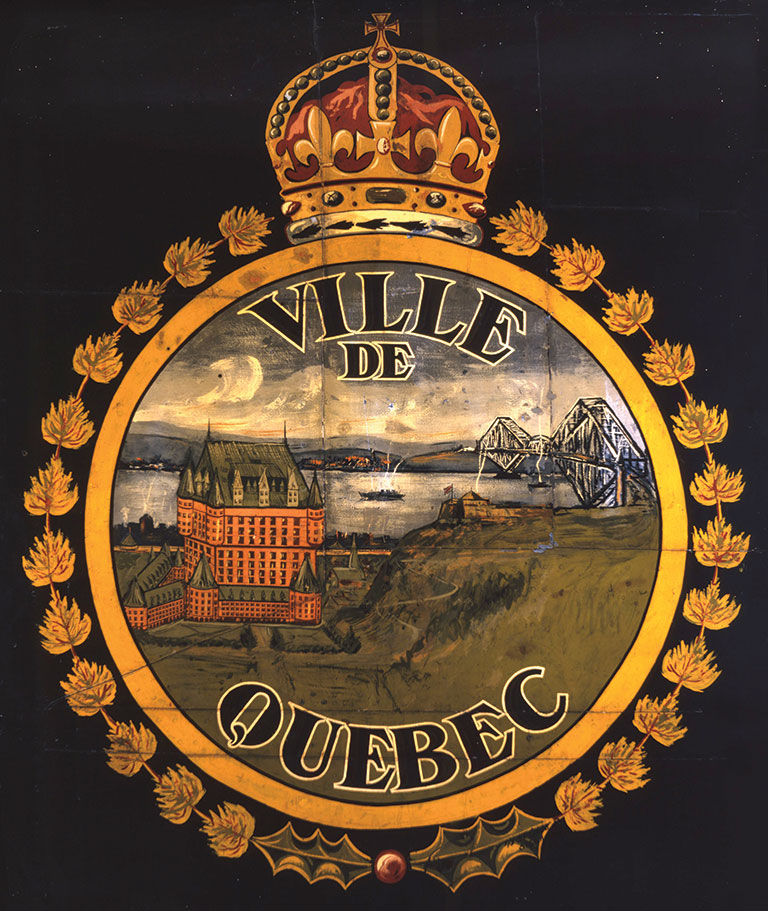
This picture painted on the nose of a Halifax Mk III bomber is an example of an art form that reached its peak during the Second World War. Depicting iconic sites in Quebec City — the Château Frontenac, the Quebec Citadel, the Quebec Bridge and the St. Lawrence River — and topped by a royal crown, the nose art recalls Quebec’s contribution to the war.
The work was painted in March 1945 when the aircraft was transferred to the Royal Canadian Air Force’s 425th Tactical Fighter Squadron. This was the first French-Canadian squadron to be officially integrated into the Royal Canadian Air Force. The squad was nicknamed Alouette (Skylark) and took its motto, Je te plumerai (I will pluck you), from the eponymous French-Canadian children’s song.
During the war, the pilots of the Alouette squadron took part in several operations, mainly in Germany, France and Italy. They also participated in the D-Day landing in Normandy, France, on June 6, 1944, helping to cut off supply lines to the occupying German forces.
Themes associated with this article
Advertisement

